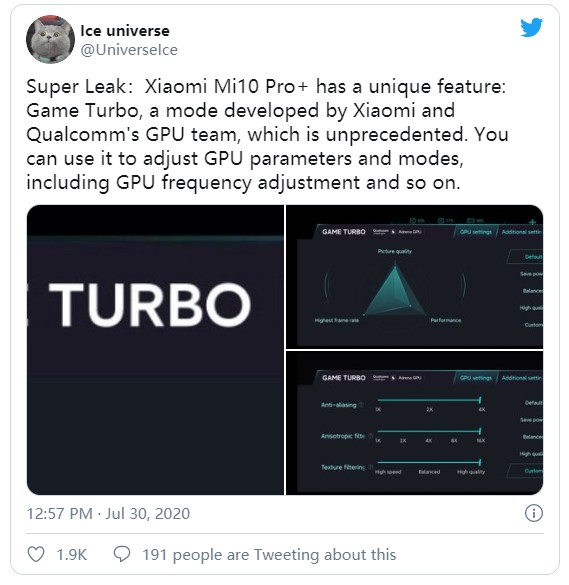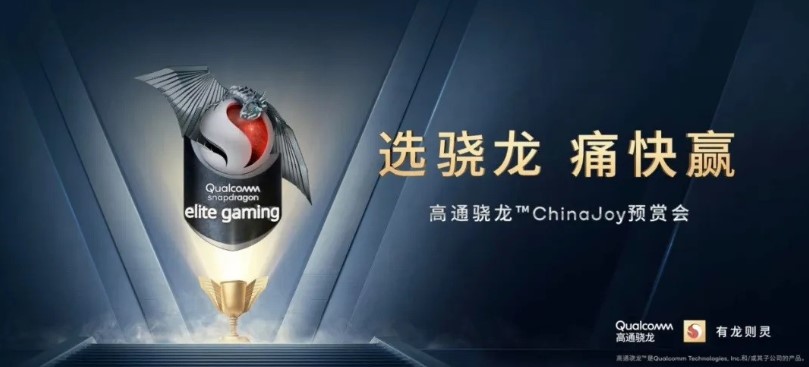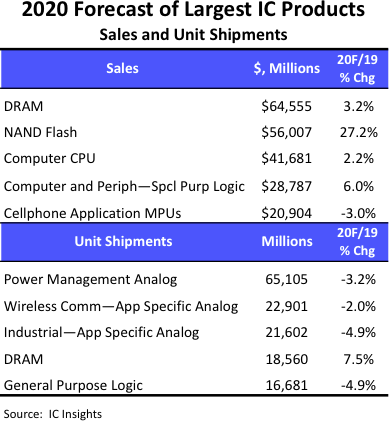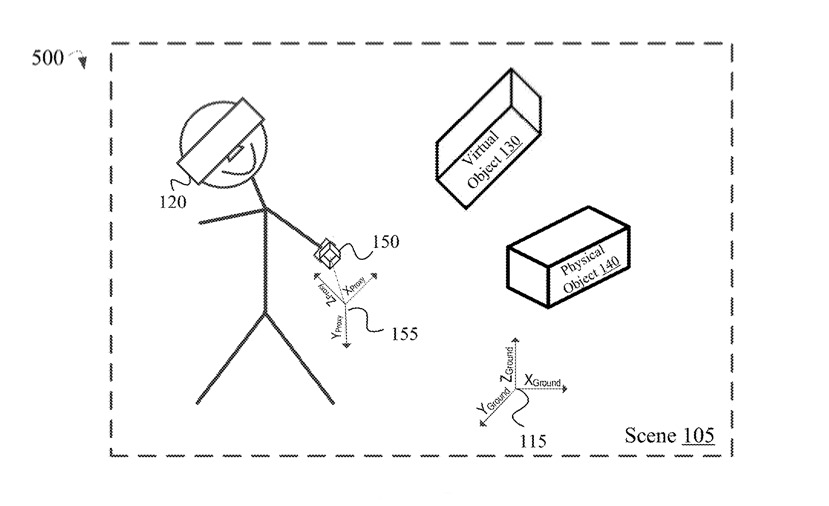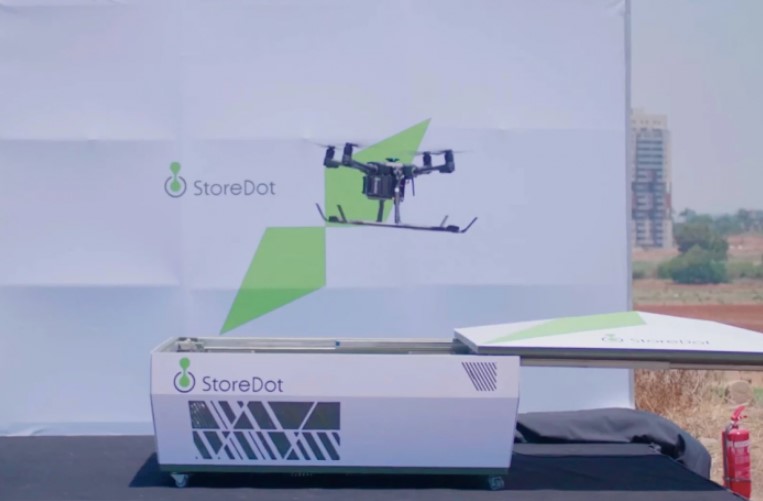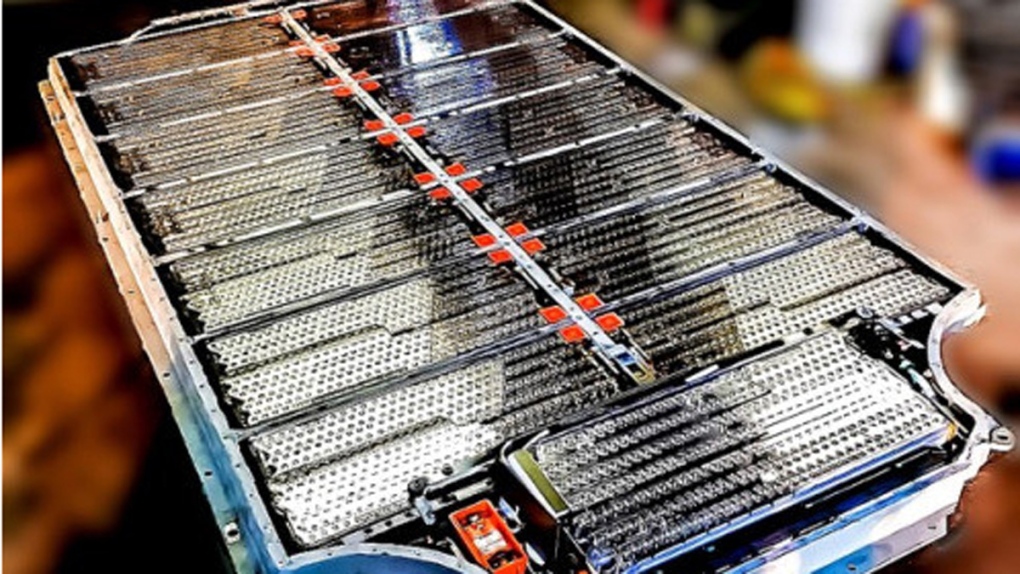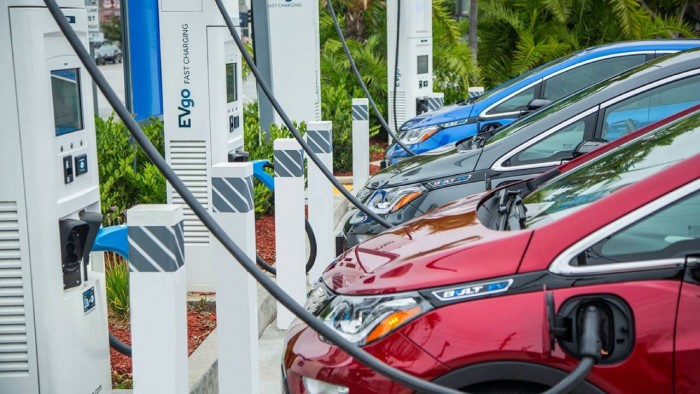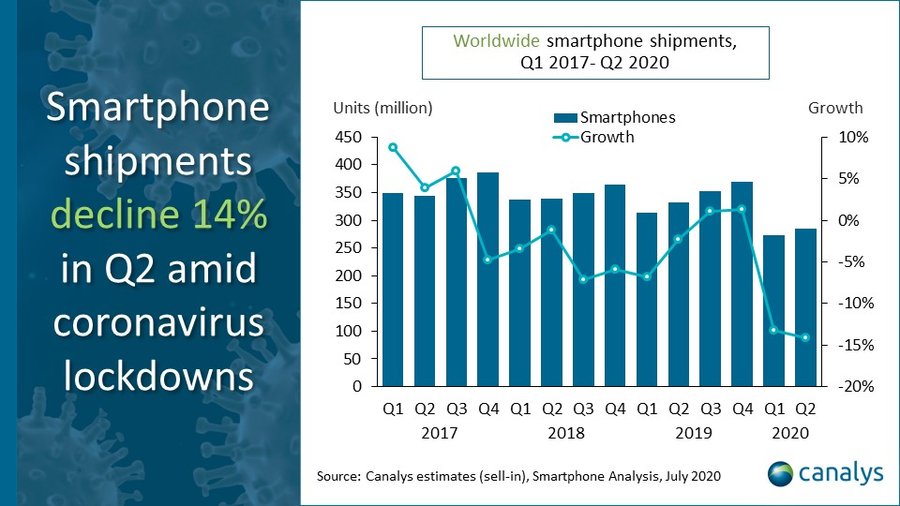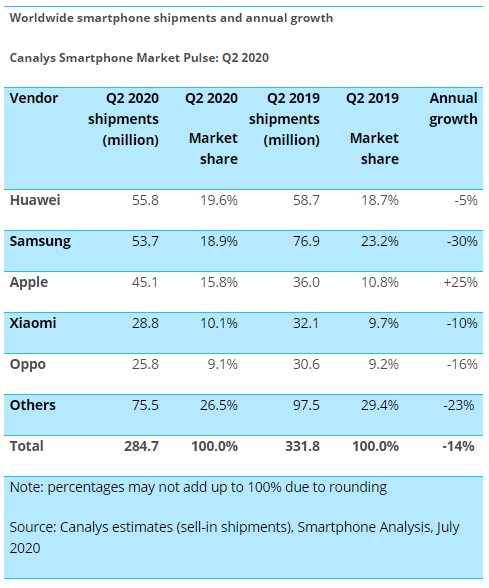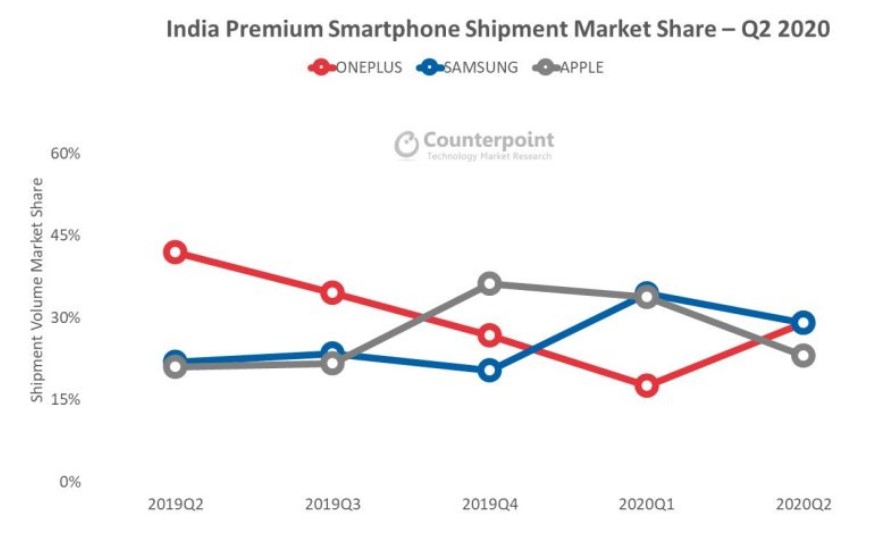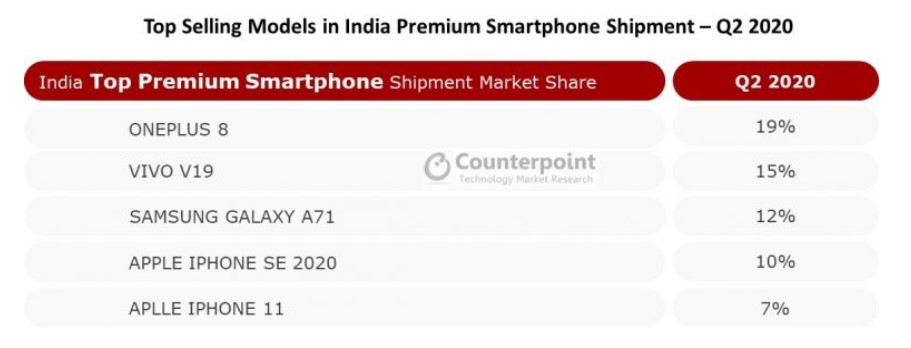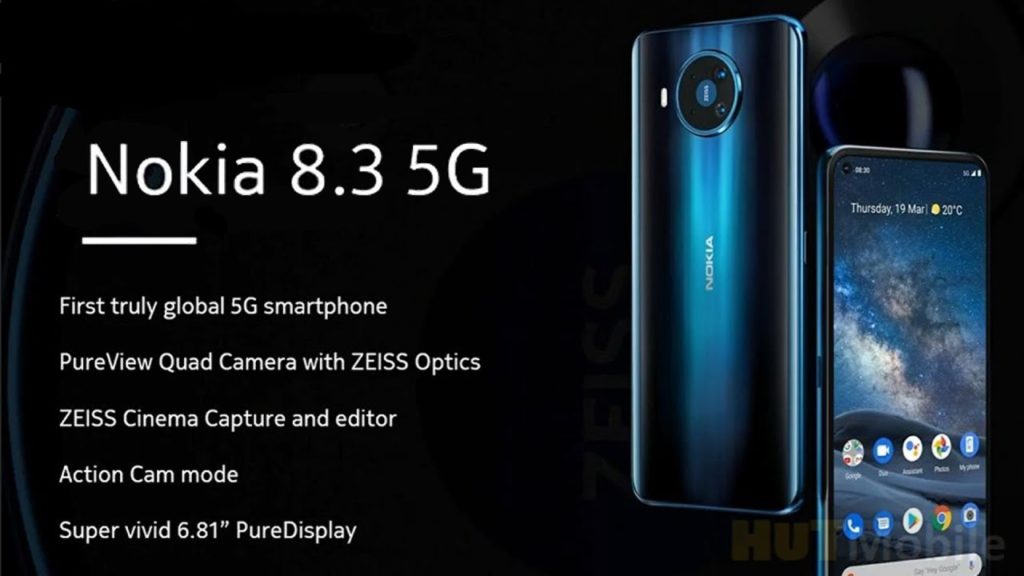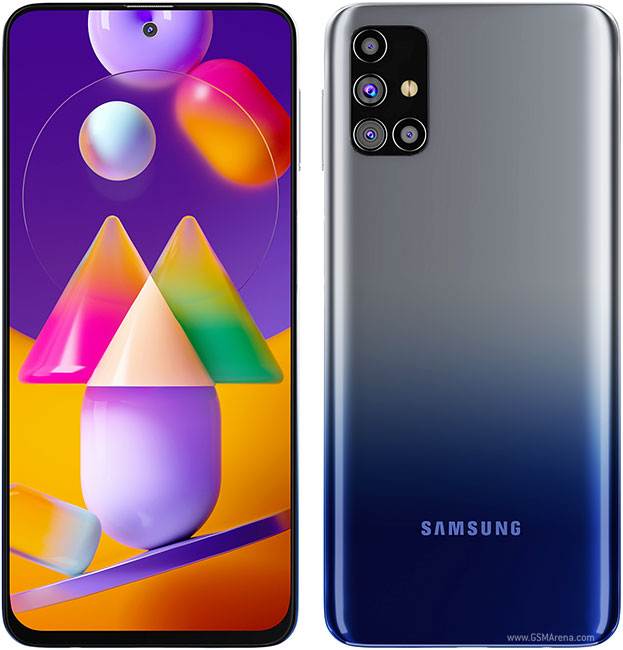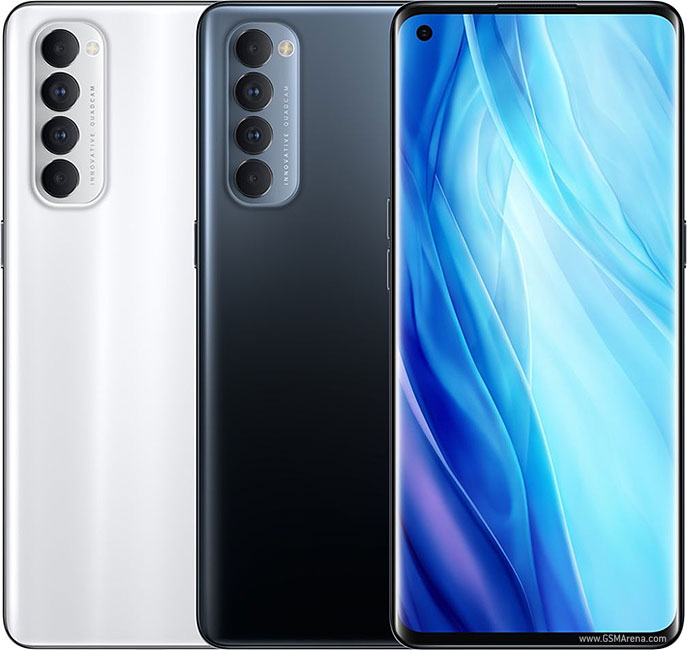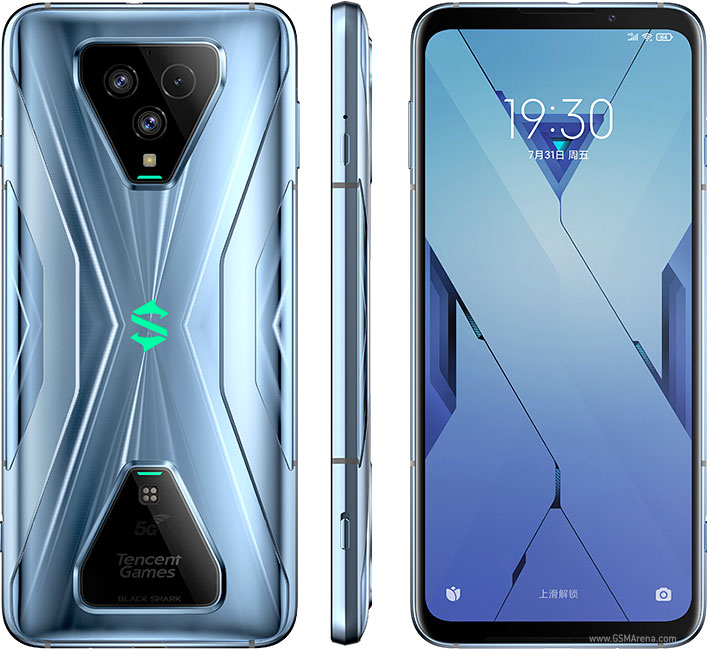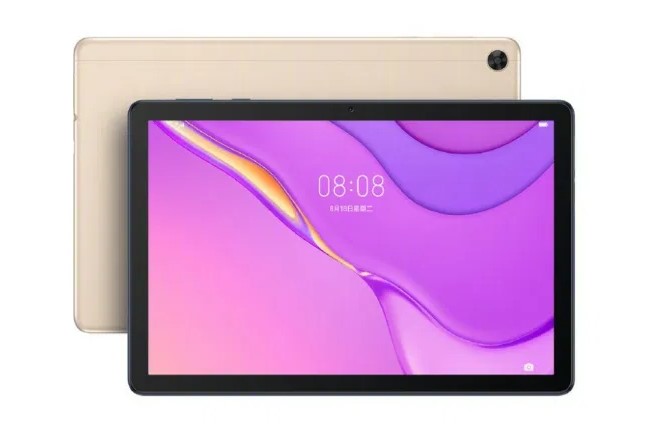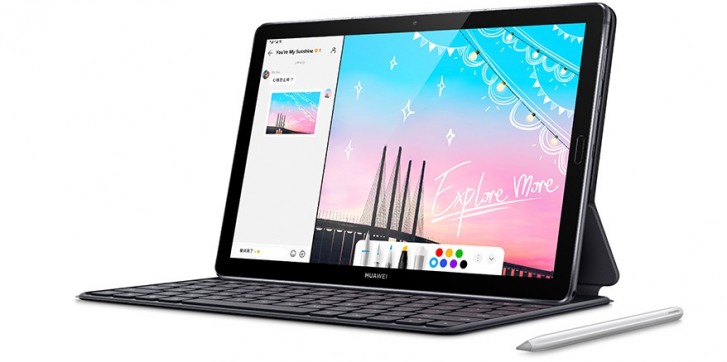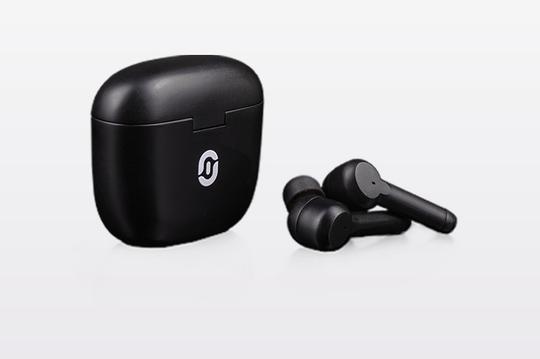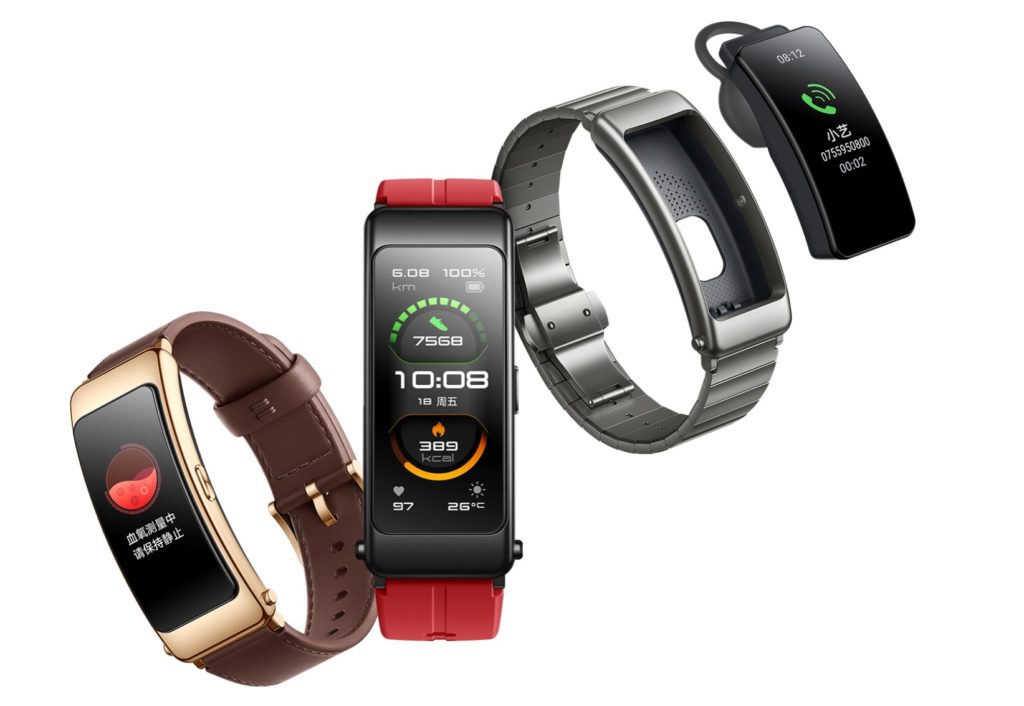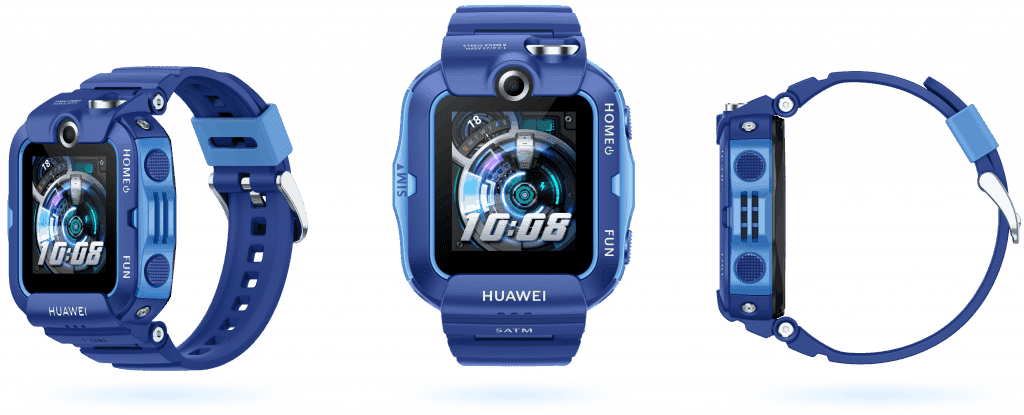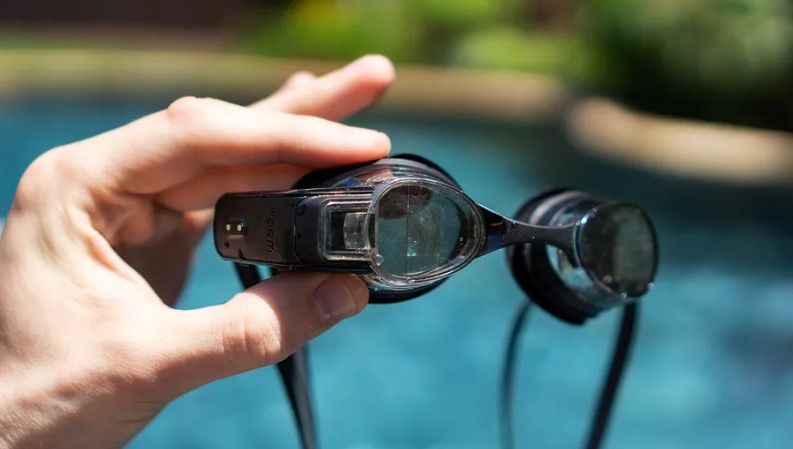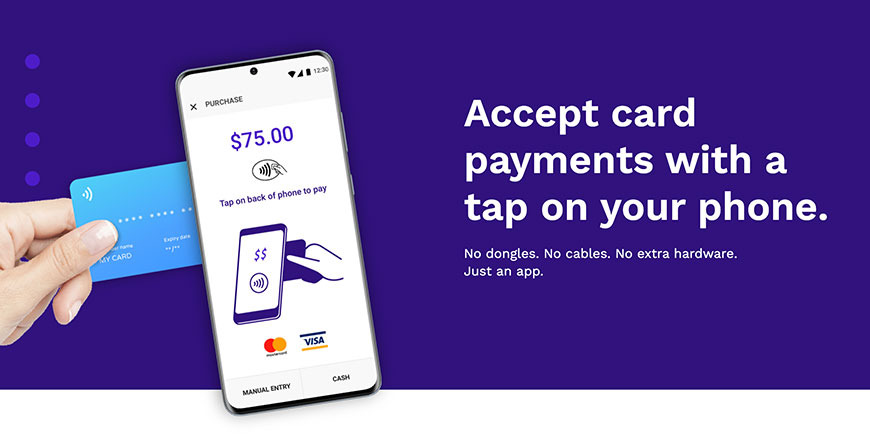
8-1 #IdealWeekend: Qualcomm has announced that the company has reached a deal with Huawei to settle a patent dispute; Nvidia is reportedly in “advanced talks” to buy ARM; etc.
Xiaomi and Qualcomm have allegedly developed an app called Game Turbo which will let users adjust GPU settings to optimize for performance, picture quality, or frame rates, etc. The app will reportedly be available on the upcoming Xiaomi Mi 10 Pro+ smartphone. (Liliputing, Winfuture)
Qualcomm has announced that the company has reached a deal with Huawei to settle a patent dispute. The global licensing agreement grants Huawei back rights to some of Qualcomm’s patents effective 1 Jan 2020. Qualcomm expects about USD1.8B from Huawei as part of the back-dated agreement. (CN Beta, WSJ, Barron’s)
According to Qualcomm’s chairman, Frank Meng, Qualcomm hopes to transform flagship smartphones into powerful game consoles. The company already has the “Snapdragon Elite Gaming” to help in this regard. Official data shows that since its debut in 2005, Qualcomm Adreno GPUs have cumulatively shipped more than 2.5B units. (GizChina, IT Home)
SoftBank has been rumored to be exploring a sale of ARM, and now, it might have found a buyer. Nvidia is reportedly in “advanced talks” to buy ARM in a deal worth over USD32B. SoftBank bought ARM in 2016 for USD31B. (The Verge, Bloomberg, Sina)
TSMC’s advanced chip manufacturing processes are currently in development. The 5nm manufacturing process is in mass production while TSMC 3nm process is targeting risk production. After 2Q20 mass production of the 5nm chip process technology, TSMC’s next process focus will be on the more advanced 3nm process. It will be ahead of schedule when it enters mass production. According to the company CEO Wei Jijia, it will commence in 2021, and mass production in 2H22. (GizChina, CN Beta, IT Home, China Times, China Times)
Huawei has announced new chipsets for Smart TVs — Huawei HiSilicon FHD. Huawei has launched two chips — one with 512MB built-in memory and another with 1GB RAM. Both of them are said to be pin-to-pin compatible. The company claims that this new chipset has been optimized and thus, even the 512MB RAM variant can run the latest Android TV 9.0 version smoothly. (Gizmo China, IT Home)
According to IC Insights, DRAM and NAND flash are expected to repeat as the two largest IC segments again in 2020 after holding the same positions in 2019. With expected sales growth of 3.2% in 2020, the DRAM market is forecast to reach nearly USD64.6B, 15% greater than the NAND flash market, which is expected to be the second-largest IC segment in 2020. (Digitimes, IC Insights, press)
Apple is researching technology to allow an “Apple Glass” user to not be constrained to fixed physical gestures or touch controls, and instead manipulate any object to alter what is visible on the headset. Apple’s patent “Manipulation of Virtual Objects using a Tracked Physical Object” suggests that truly mixing realities, in that the virtual object could be mapped onto an actual object in the real world. (Apple Insider, USPTO, CN Beta)
Apple has reportedly made a manufacturing deal with supplier ASE Technology, as it prepares up the production lines for Apple Watch Series 6. The Watch will include a blood oxygen sensor for the first time. (9to5Mac, Business Wire, CN Beta)
Israeli company StoreDot’s FlashBattery tech delivers a full charge in just 5 minutes. the FlashBattery incorporates chemically synthesized peptide molecules known as nanodots. These form the basis for a multi-function electrode, allowing super capacitor-style rapid charging with a slow discharge similar to a lithium-ion battery. (CN Beta, New Atlas, PR Newsasia)
Panasonic plans to boost the energy density of “2170” battery cells it supplies to Tesla by 20% in 5 years and commercialize a cobalt-free version “in 2-3 years”. Panasonic introduced the “2170” lithium-ion cells, with the nickel-cobalt-aluminium (NCA) cathode chemistry, for Tesla’s Model 3 in 2017. (Neowin, Reuters)
General Motors (GM) and EVgo, a public electric-vehicle charging network, are joining forces to add 2,700 electric-vehicle fast-chargers to the network to spur adoption of the vehicles across the U.S. The project, which will take 5 years to complete, is an effort to convince renters and condo dwellers that EVs are practical. (CN Beta, Detroit News, Eletrek)
GAC Group has showcased 3D structural graphene (3DG) production technology. By virtue of graphene’s outstanding electric conductivity and the special 3D structure, GAC has developed a super-fast-charging battery which can be charged to 80% of its capacity within 8 minutes and achieve 200-300km range on a 10-minute charge. (My Drivers, EE World, GAC, Gasgoo)
In-flight Wi-Fi provider Gogo is laying off 143 people, or about 14% of its workforce, as people continue to avoid air travel during the COVID-19 pandemic. The company previously furloughed 600 workers and cut executive pay in Apr 2020, and has said that it will “continue certain furloughs and maintain the salary reductions that were previously implemented”. (CN Beta, The Verge, Gogo)
The global smartphone market plummeted 14% in 2Q20, with Apple the only top vendor to grow. It shipped 45.1M iPhones globally, a growth of 25% compared to the previous year. The smartphone market worldwide fell to 285M units, a second consecutive quarter of freefall, as lockdown orders caused by the COVID-19 pandemic persisted through Apr / May 2020. Huawei has toppled Samsung. Huawei shipped 55.8M units, compared to Samsung’s 53.7M in 2Q20. (Canalys, press, GSM Arena, Android Central, Android Authority)
According to Counterpoint Research, India’s smartphone shipments in the premium segment (>INR30,000 or roughly >USD400) declined 32% YoY in 2Q20 owing to the COVID-19 pandemic. A nationwide lockdown of almost 40 days led to almost zero shipments in Apr 2020, which contributed to this decline. Still, it was one of the least affected segments and reached its highest ever share in the overall India smartphone market, contributing more than 4% in total smartphone shipments. OnePlus regained its top position in the India premium smartphone market with 29% share in 2Q20, just nudging out Samsung. (Android Authority, Counterpoint Research)
HMD Global has announced the appointment of Juho Sarvikas as the new Vice President for North America. The move reaffirms the company’s commitment to the U.S. market. HMD Global has announced that it will be bringing the Nokia 8.3 5G to the U.S. market in 2020 fall. (CN Beta, Android Authority, Android Central)
Samsung Galaxy M31s is launched in India – 6.5” 1080×2400 FHD+ Super AMOLED HiD, Samsung Exynos 9611, rear quad 64MP-12MP ultrawide-5MP macro-5MP depth + front 32MP, 6+128 / 8+128GB, Android 10.0, side fingerprint scanner, 6000mAh 25W, INR19,499 (USD260) / INR21,499 (USD287). (GSM Arena, Android Central, Amazon)
OPPO Reno4 Pro is announced for India, with specs different from the China version – 6.5” 1080×2400 FHD+ Super AMOLED 90Hz HDR10 HiD, Qualcomm Snapdragon 720G, rear quad 48MP-8MP ultrawide-2MP macro-2MP depth +front 32MP, 8+128GB, Android 10.0, fingerprint on display, 4000mAh 65W, INR34,990 (USD465). (GSM Arena, The Verge)
Xiaomi Black Shark 3S is announced – 6.67” 1080×2400 FHD+ AMOLED 120Hz HDR10+ 500nits, Qualcomm Snapdragon 865, rear tri 64MP-13MP ultrawide-5MP depth + front 20MP, 12+128 / 12+256 / 12+512GB, Android 10.0, fingerprint on display, 4720mAh 65W, magnetic charging 18W, CNY3,999 (USD573) / CNY4,299 (USD616) / CNY4,799 (USD688). (Android Central, GSM Arena, Black Shark)
Huawei Enjoy Tablet 2 is announced – 10” 1920×1200 IPS, HiSilicon Kirin 710A, rear 5MP + front 2MP, 4+64 / 4+128 / 4+64 (LTE) / 4+128GB (LTE), 5100mAh 10W, stereo speakers, boasts Harman Kardon and Huawei Histen 6.1 surround sound, from CNY1,599 (USD228) up to CNY1,999 (USD285). (GizChina, CN Beta)
Huawei MatePad 10.8 is announced – 10.8” 2560×1600 IPS, HiSilicon Kirin 990, rear 13MP + front 8MP, 6+64 / 6+128 / 6+256GB, Android 10.0, M-Pencil stylus, front fingerprint scanner, 7500mAh 22.5W, features pogo-pin slots to connect to keyboard, Harmon Kardon quad speakers, Histen 6.1 sound effects, from CNY2,399 (USD342) to CNY3,199 (USD456). (Gizmo China, GSM Arena)
ReduxBuds are a new set of artificial intelligent (AI) equipped noise cancelling true wireless earbuds equipped with graphene speakers to provide the best quality sound possible together with an ergonomic “all day comfort” fit. It is priced at USD250. (Pocket-Lint, ReduxBuds, News Break)
Huawei has officially released a new generation smartband – HUAWEI Band B6. It features 1.53” 3D flexible colour display powered by HiSilicon Kirin A1. It supports dual device connection. It can provide 8 hours of talk time. It supports more comprehensive and professional health monitoring, including heart rate, sleep, stress, blood oxygen, and female physiological cycles. It is priced at CNY999. (GizChina, Huawei, iFanr)
Huawei Children Watch 4X is announced, featuring 1.41” 320×360 AMOLED, low-power Kirin chipset, rear 8MP 4x digital zoom + front 5MP, 1+16GB, NFC, Wi-Fi, Bluetooth, and LTE with support for up to 200 countries, 800mAh, water resistance up to 50m, CNY1,398 (USD199). (GizChina, CN Beta)
Form is releasing an update for its smart augmented reality swim goggles that enable them to pair over Bluetooth to selected GPS smartwatches, allowing users to track their swims in real time in open water, not just in swimming pools. (The Verge, Engadget)
Xiaomi has revealed that the Indian government’s decision to impose restrictions on the import of colour television (TV) sets will encourage and give a boost to local manufacturing. Currently, over 85% of Mi TVs sold in India are manufactured in India. (Gizmo China, India Times)
Autonomous vehicle technology startup Argo AI is valued at USD7.5B, just a little more than 3 years after the company burst on the scene with a USD1B investment from Ford. The official valuation is nearly 2 months after VW Group finalized its USD2.6B investment in Argo AI. (TechCrunch, Auto News, 36Kr)
Apple has recently purchased Mobeewave for approximately USD100M, a payments technology startup that developed technology capable of transforming an iPhone into a mobile payment terminal. Mobeewave’s technology employs NFC communications to enable users to conduct payments by tapping a compatible credit card on a smartphone. (Apple Insider, Bloomberg, Sina)

